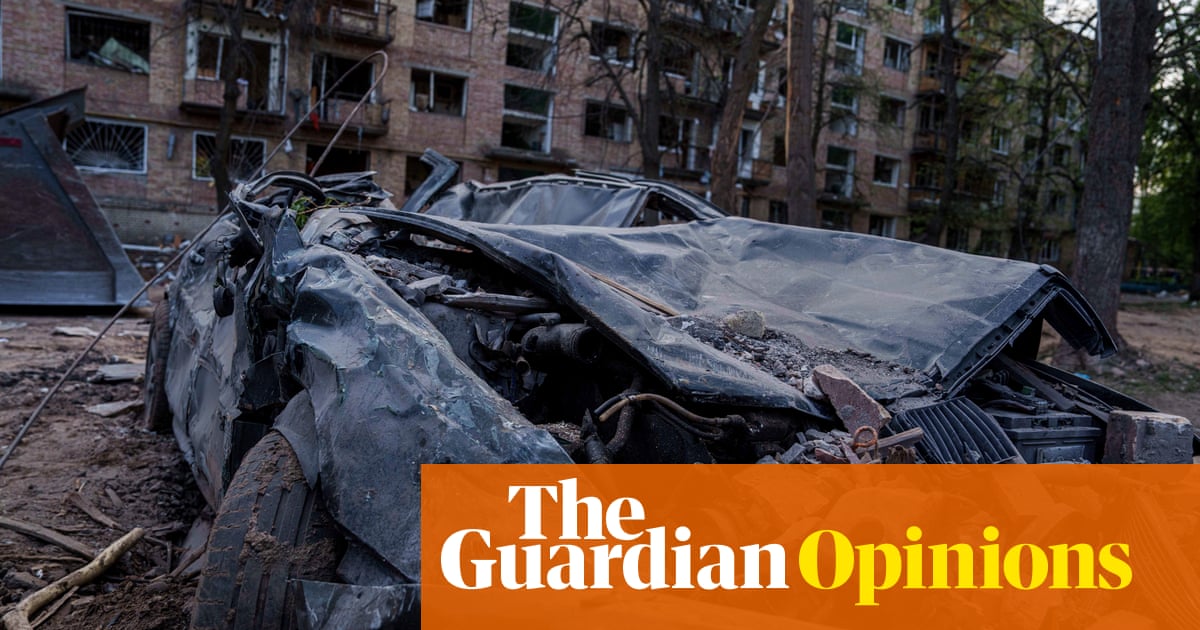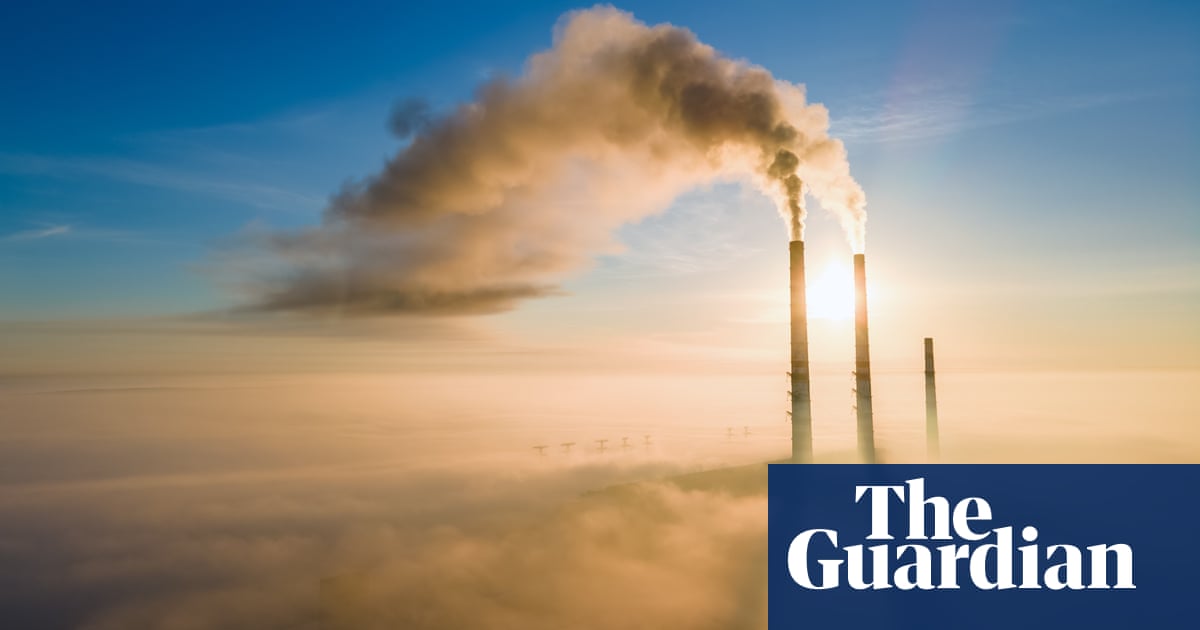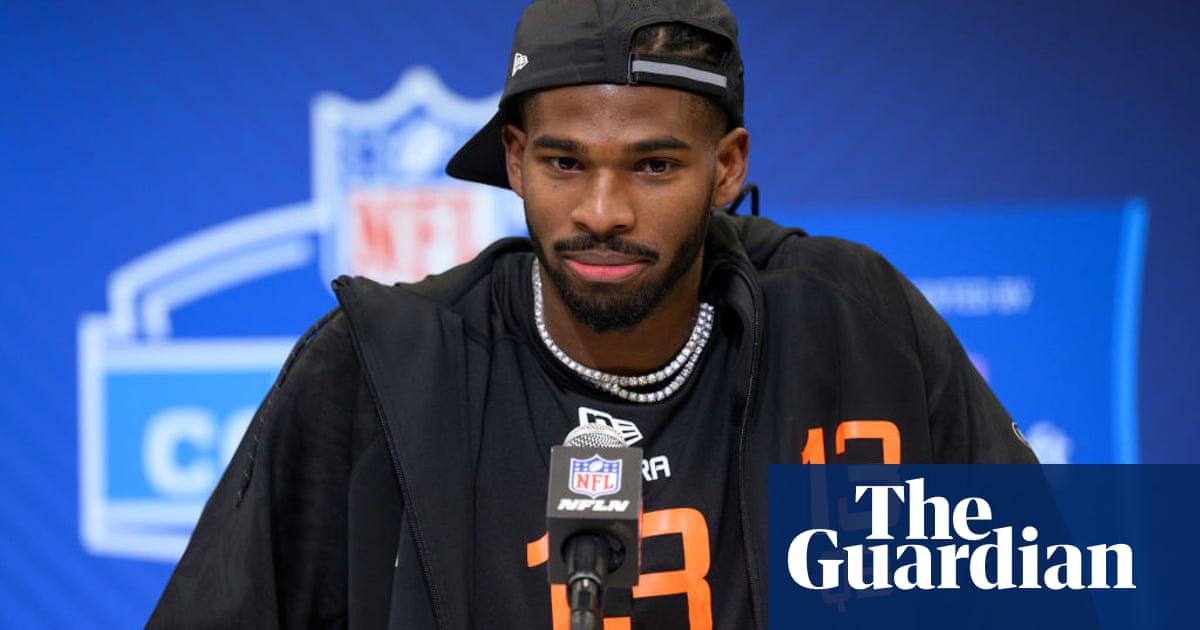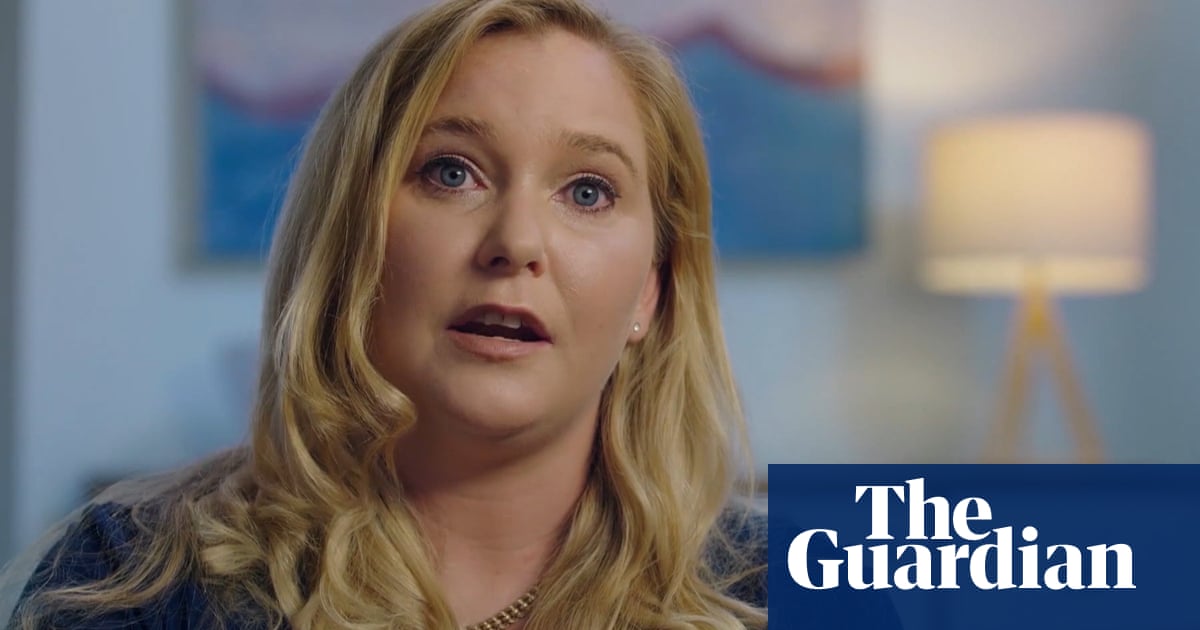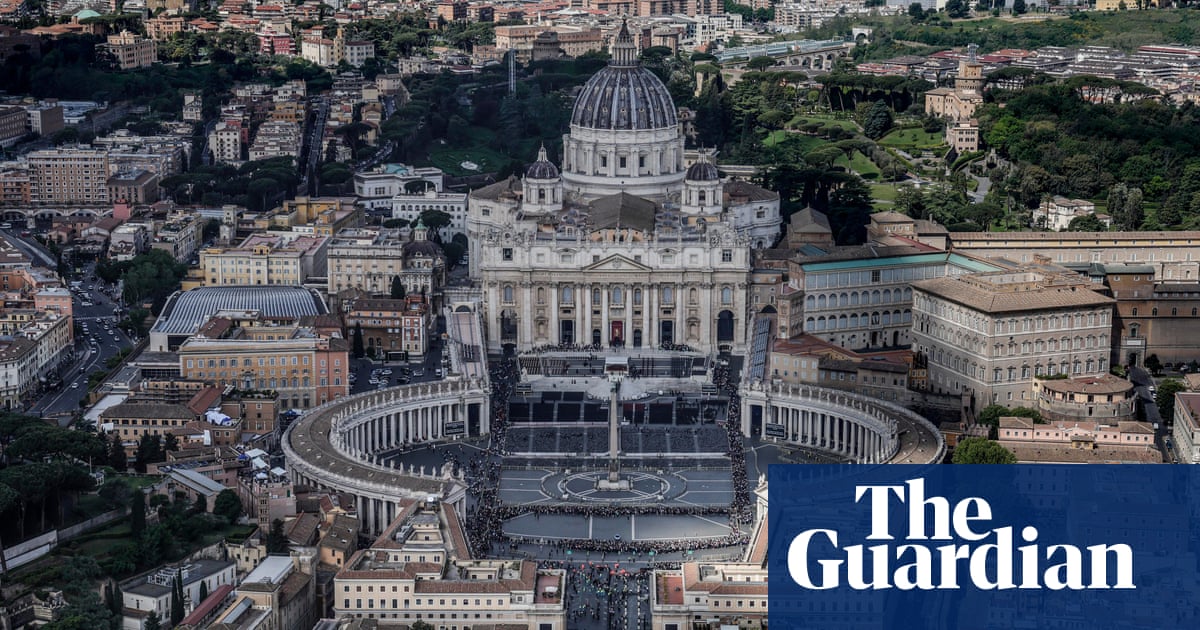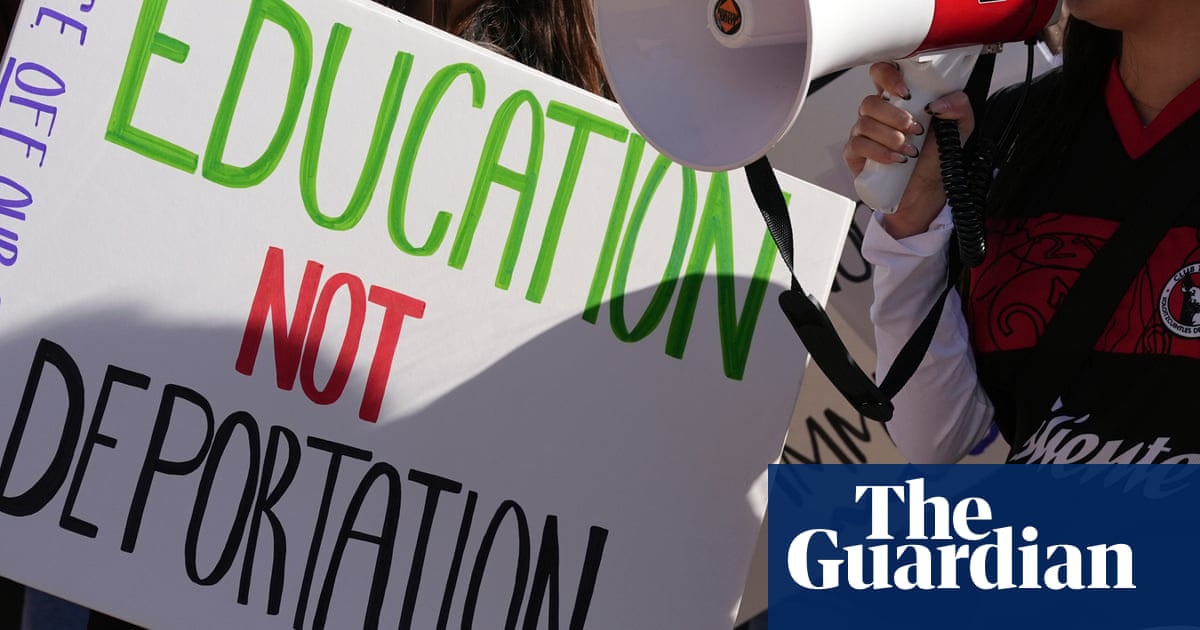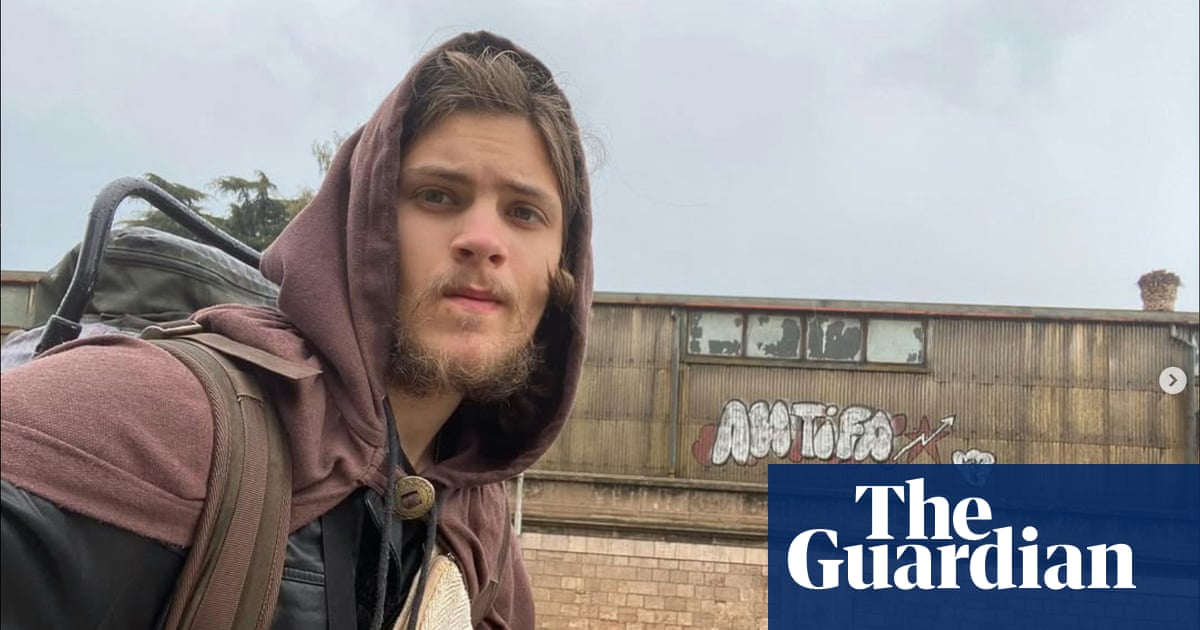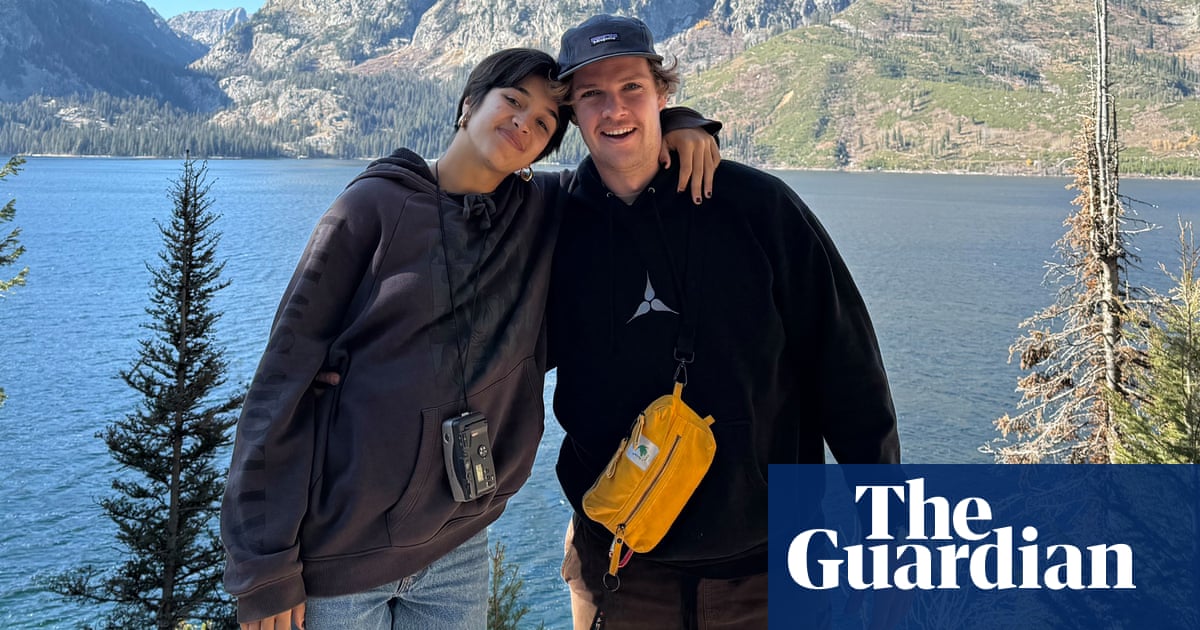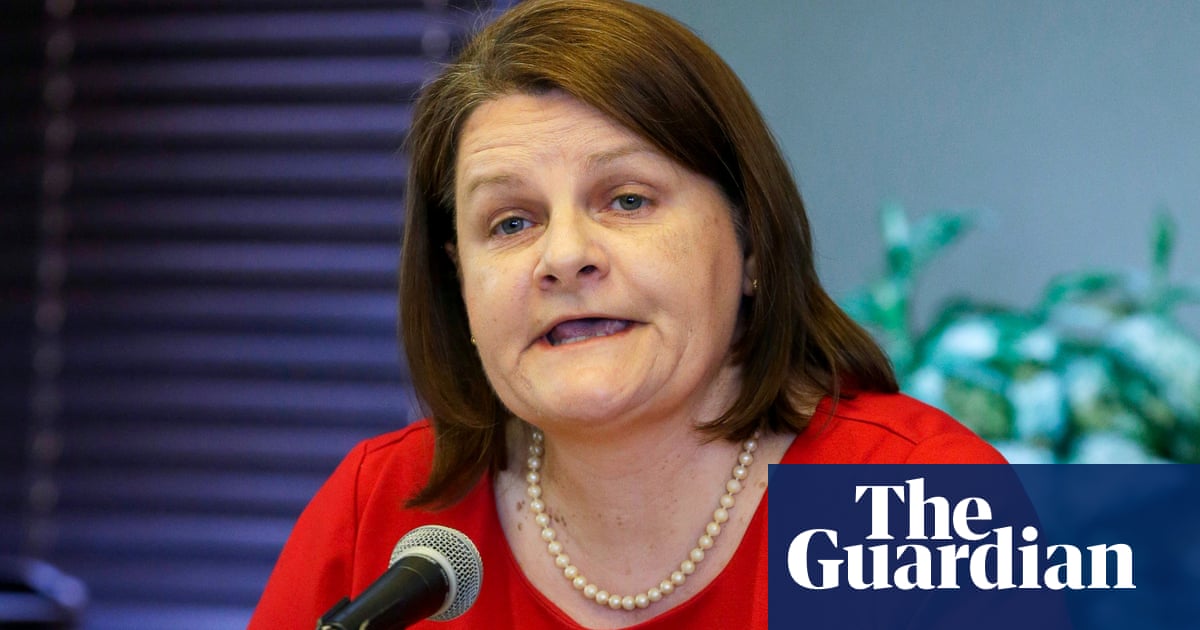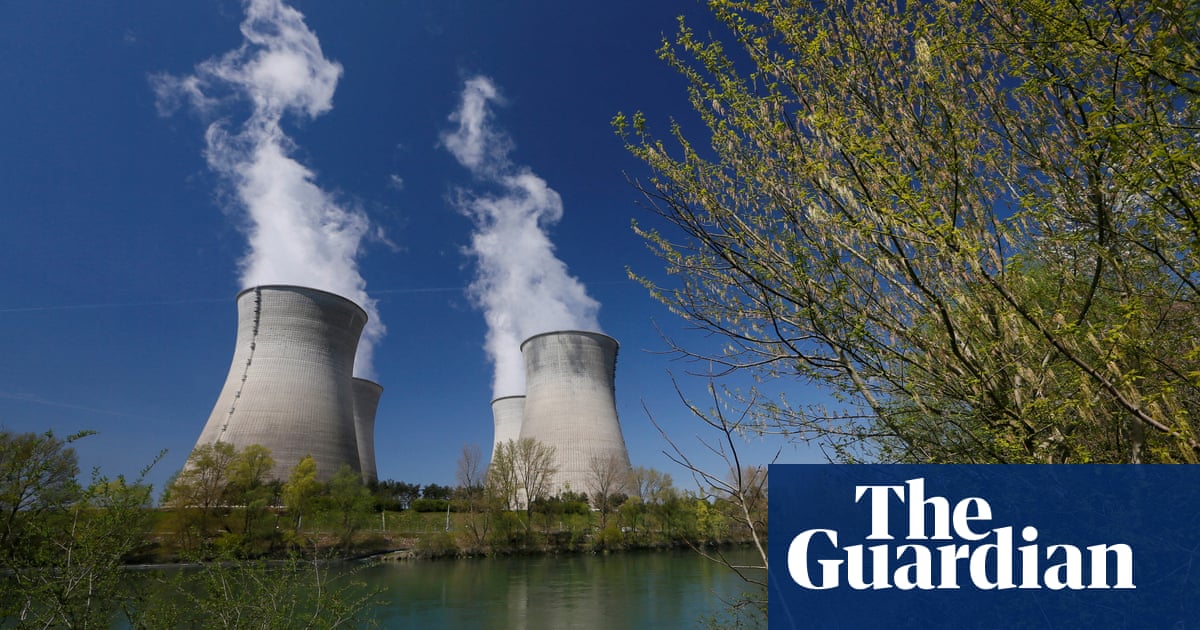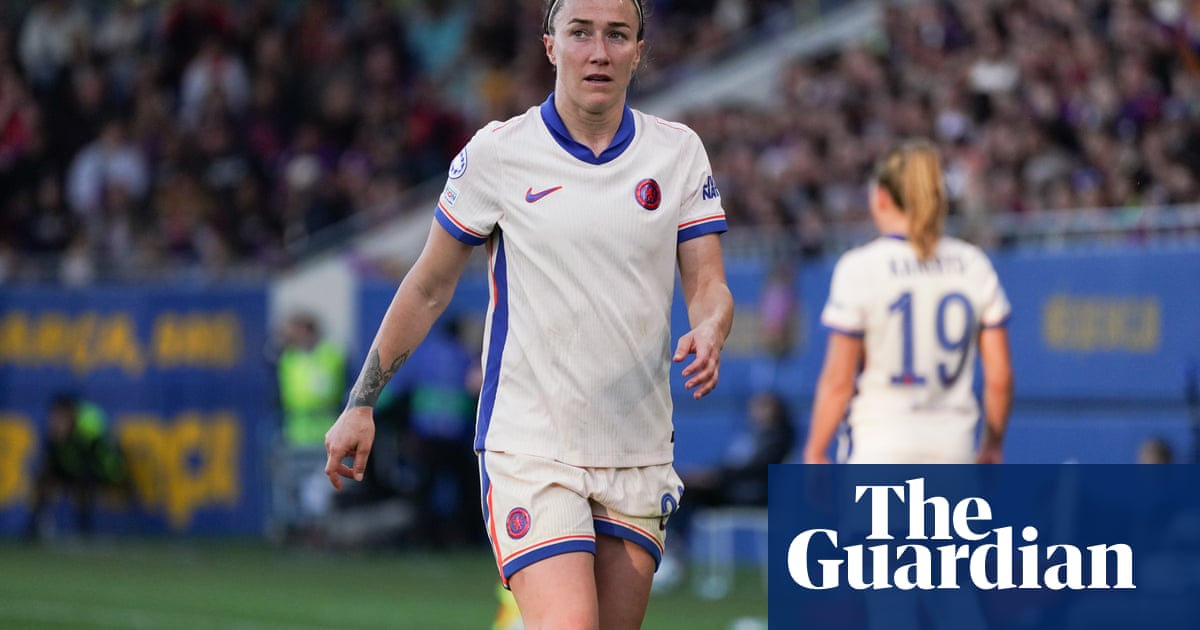It was 12 January – 75 days before the federal election would be called – and Peter Dutton was literally feeling the heat.
As the opposition leader addressed a Liberal party rally from a stuffy room in the Melbourne suburb of Mount Waverley, visible beads of sweat ran down his forehead.
Dutton made it through the 38-minute speech, outlining in broad strokes his vision to “get Australia back on track” while wiping perspiration from his brow with a blue and white checkered handkerchief.
It was his first public appearance of 2025, a scene-setter for the election year ahead.
The sight of the hard-edged former Queensland cop sweating under the spotlight would prove a striking analogy for the campaign proper, where Dutton appears to have wilted in the election furnace.
The campaign has been defined by major shifts on policies, scarce detail on others, outbreaks of ill-discipline, candidate scandals, and signs of a leader sapped of confidence just as his opponent found his. The overall performance has perplexed veteran Coalition strategists, frustrated conservative supporters and deflated some MPs, for whom hopes of forming government after 3 May now appear illusory.
“Perhaps we’ve been kidding ourselves,” one Liberal source has lamented.
Lofty expectations
Coalition insiders concede Dutton’s personal ratings have fallen since Anthony Albanese called the election on 28 March. The opposition leader admitted as much at Tuesday night’s leaders’ debate, blaming Labor’s “$20m” negative ad blitz for dragging down his vote.
The Labor machine has executed a ruthless anti-Dutton campaign, mercilessly peddling claims about $600bn nuclear reactors and shuttered Medicare urgent clinics that the Coalition have rejected as bald-faced lies.
A week out from polling day the Coalition is not losing hope, adamant its internal research paints a rosier picture about its prospects, including in marginal seats, than the increasingly grim numbers in published national polls.
The proportion of undecided voters is still almost 30%, according to some research, making strategists wary of seat-by-seat predictions.
“It is closer than the national polls are suggesting,” one senior source says.
In Victoria, the opposition remains confident of winning Aston, Chisholm and McEwen and is growing optimistic about its chances in Goldstein, Hawke and Gorton.
The Coalition is banking on gaining Bennelong, Gilmore and Paterson in New South Wales and is hopeful in Brisbane in the Queensland capital and Bullwinkel, Tangney and Curtin in WA.
Winning those seats would almost certainly be enough to force Labor into a minority government, an outcome the Coalition might have accepted when Albanese was revelling in an extended political honeymoon after the 2022 election.
But it would fall short of the lofty expectations that built internally and externally in the 18 months after the voice to parliament referendum, to a point some MPs returned from the Christmas break believing Dutton could defeat a first-term government for the first time since 1931.
There was a view the global inflation crisis – and 13 interest rate rises domestically – would cruel a lacklustre Albanese government just as it had incumbents around the world, including the US and UK.
The high-water mark for optimism was in February, when a poll in the Nine newspapers put the Coalition ahead 55-45 on a two-party preferred basis.
Some Coalition insiders now believe those numbers were “illusionary”, reflective not of rising support for Dutton, or even anger at Albanese, but rather a general reflection of the mood of a fed-up and financially stressed electorate.
The Coalition might have “stripped a lot of bark” off Labor in the past 18 months, as one veteran conservative strategist put it, but still needed to offer a reason for voters to “walk across the road to their side”.
Flaw in the campaign
Just days after Cyclone Alfred forced Albanese to cancel plans for a 12 April election, internal unrest about the Coalition’s lack of major economic policies spilled out into the public.
Dutton and the shadow treasurer, Angus Taylor, brushed off the “free advice”, which was privately dismissed as the predictable grumbling of agitators with personal agendas.
Whatever the motives, the series of articles – including one in Guardian Australia – exposed the bare-bones nature of the Coalition’s agenda.
“We were told everything was under control. We were told to give them the benefit of the doubt,” one Coalition source said.
Ahead of the 25 March budget, the opposition had no centrepiece cost-of-living relief offering; no short-term plan to reduce power prices; no commitment on defence spending.
Dutton’s budget reply dealt with two of those missing pieces, committing to a 12-month cut to the fuel excise and an east coast gas reserve.
A one-off income tax offset of up to $1,200, new first home buyer incentives and a commitment to lift defence spending to 2.5% of GDP over the next five years have also been announced during the campaign.
Senior Coalition MPs said the announcements were timed to coincide with voters tuning in to the election debate.

Sources confirmed the campaign waited until the past week to pivot to crime and national security because the traditional Coalition strong-suits were unlikely to shift votes.
Critics inside and outside the party argue the policies have come too late to be properly explained and understood, particularly given the campaign has overlapped with the Easter and Anzac long weekends.
after newsletter promotion
“I think the flaw in the Coalition campaign was releasing their policies so late. It just puts a lot of pressure on you to punch through the media cycle,” Tony Barry, a former Liberal strategist now working with RedBridge, told ABC’s Afternoon Briefing.
The dearth of fully formed policy created a vacuum for Labor’s negative campaign to shape the election narrative from the start.
Dutton also made several unforced errors that distracted from his cost-of-living focus, including declaring he would live at Sydney’s Kirribilli House as prime minister and floating, and quickly walking back, referendums on four-year terms, Indigenous recognition and stripping the citizenship of dual nationals.
‘Not ready for government’
John Roskam, a senior fellow at rightwing thinktank the Institute of Public Affairs, is a respected figure in Liberal circles who has the ear of conservative MPs in Canberra.
“The campaign problems can’t be attributed to any one factor, it’s a combination of complacency … a failure to develop strong policies, the absence of a cultural agenda and a feeling that the Coalition has been too willing to play safe when in fact a bold and ambitious agenda was what was required,” Roskam said.
Of the policies that were announced pre-campaign, some haven’t been mentioned (tax deductible lunches), others actively avoided (nuclear power) and others dumped due to their unpopularity.
Within a fortnight of the shadow finance minister, Jane Hume, announcing a plan to restrict work-from-home options for public servants, colleagues began privately lobbying for changes amid fears it was being misinterpreted as applying to all workplaces.

Labor and its union allies successfully characterised the policy as an attack on working women, a devastating perception for a party attempting to win back female voters.
Dutton waited almost five weeks before admitting the policy was a “mistake” and jettisoning it entirely. He also walked back plans to sack 41,000 public servants, confirming the headcount would instead be reduced through natural attrition and hiring freezes.
On Thursday – with more than 1m votes already cast – Dutton seemingly shifted again, confirming all 41,000 of those positions would come from Canberra.
Responding to the comments, Albanese said publicly what he has been saying privately since the start of the campaign.
“They are showing, Peter Dutton is showing, that they are just not ready for government,” he said.
‘He hasn’t followed his gut’
The sense of optimism among Coalition MPs was palpable as Donald Trump swept to victory at November’s US presidential election.
Trump had successfully tapped the anger and disillusionment of voters suffering through a cost-of-living crisis, providing what some of Dutton’s colleagues viewed as a template for what could be achieved at the forthcoming Australian election.
Trump’s win over Democrat Kamala Harris was also interpreted as further confirmation of a global rejection of “wokeness” – a cause also disdained by Dutton.
When the Liberal leader stood up in parliament to congratulate Trump on his victory, an air of confidence filled the opposition benches.
“We will make sure that President Trump is not somebody to be scared of,” Dutton said, emphasising the final two words. “But somebody that we can work very closely with, and that’s exactly what we will do.”
The “not somebody to be scared of” remark was a barely concealed reference to Albanese’s 2017 admission that Trump “scares the shit out of me”. Dutton was taunting Albanese, implying that he could not only manage Trump’s return but capitalise on it.

Five months on, Dutton is trying to distance himself from Trump and Elon Musk, so toxic have parallels with the Maga and Doge agendas become for the Liberal brand.
Dutton’s remark at the ABC-hosted leaders’ debate that he didn’t “know” Trump was a statement of fact. But for some conservatives, it was a further sign of an uncharacteristic timidness, or an aversion to risk, that has crept into Dutton’s campaign.
Some attribute the safety-first approach to the transfer of power that occurs at each election, where data-led party officials assume greater influence over strategy and messaging.
Several sources confirmed reports of friction between Dutton’s inner circle and Liberal HQ, led by Andrew Hirst.
Whatever the cause, some Liberals and conservative campaigners lament that voters haven’t seen “Dutton be Dutton”.
Roskam agrees.
“There is a view [inside the Liberal party] that the public haven’t seen the best of Peter Dutton … that he hasn’t followed his gut.”

.png) 7 hours ago
6
7 hours ago
6
